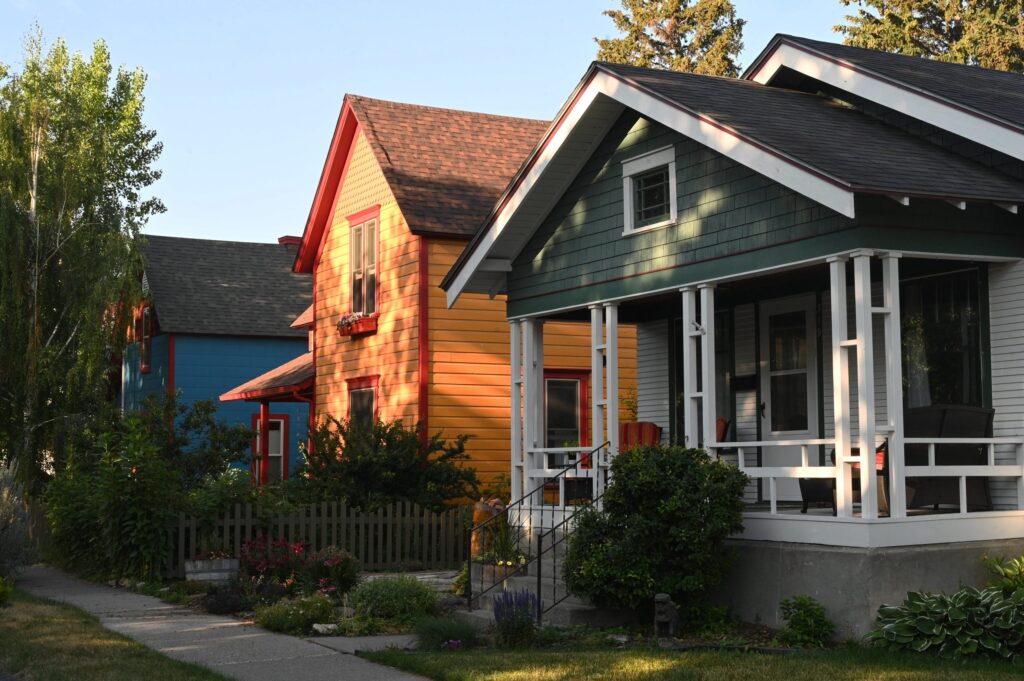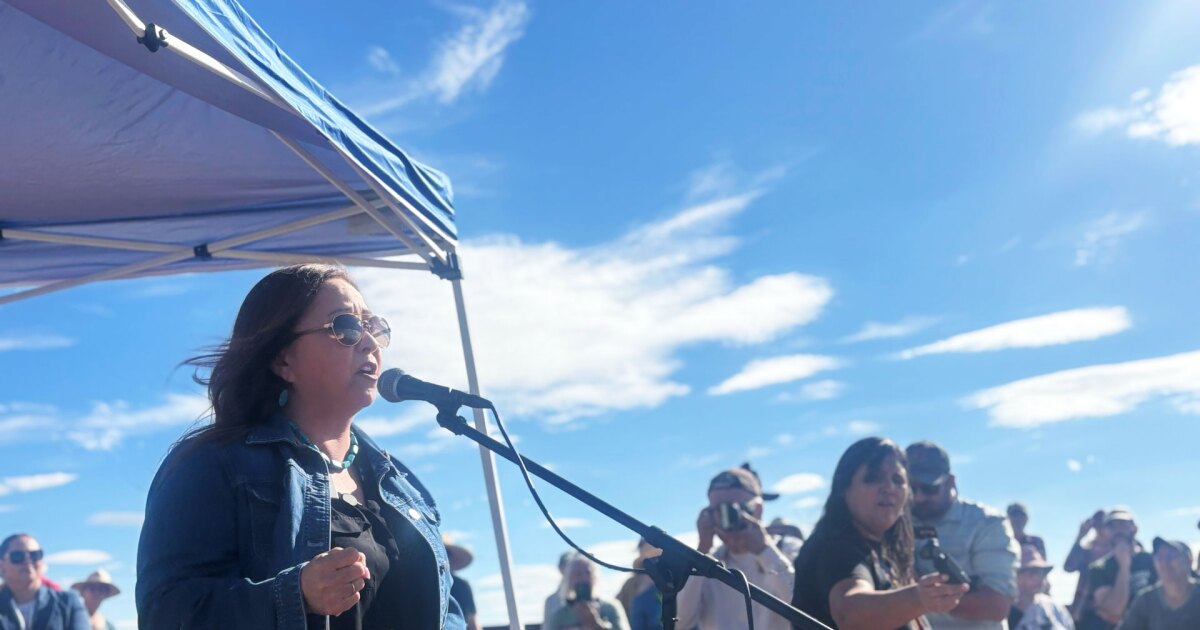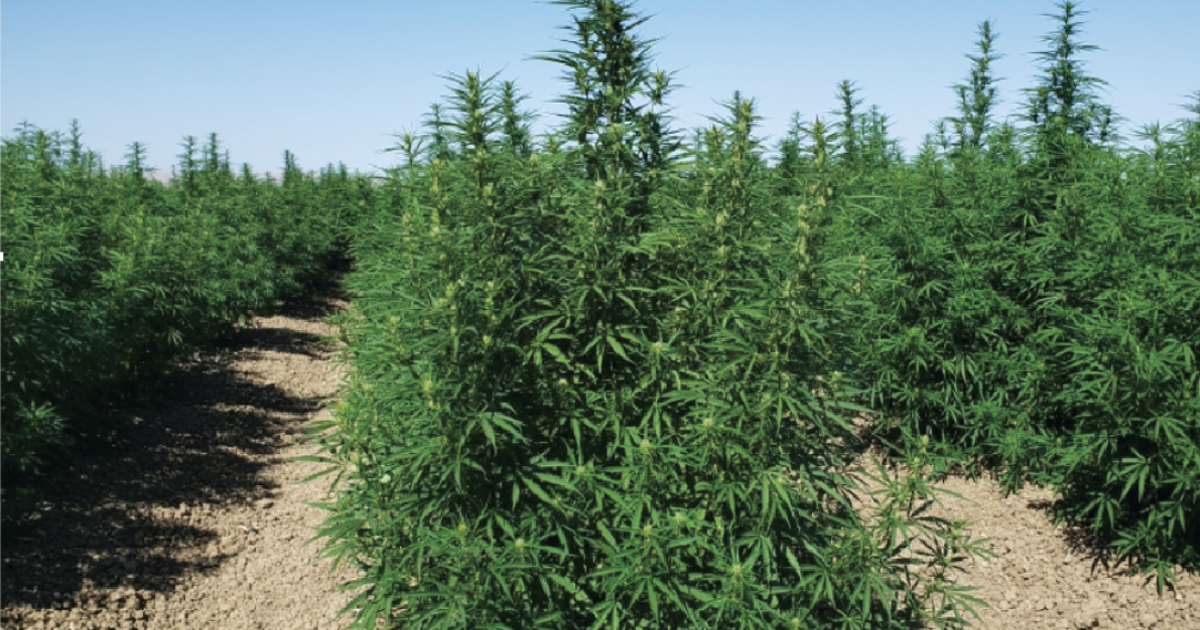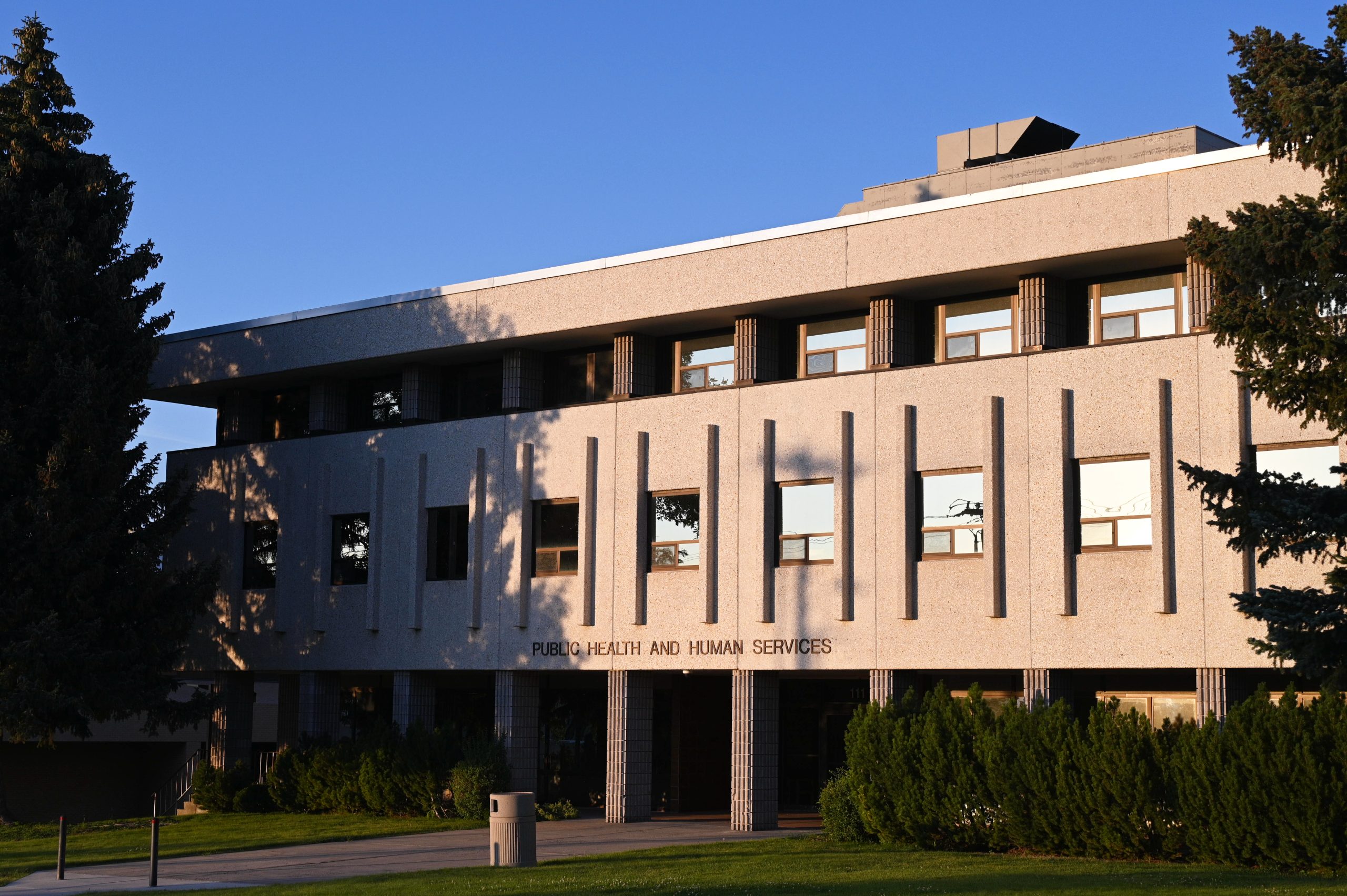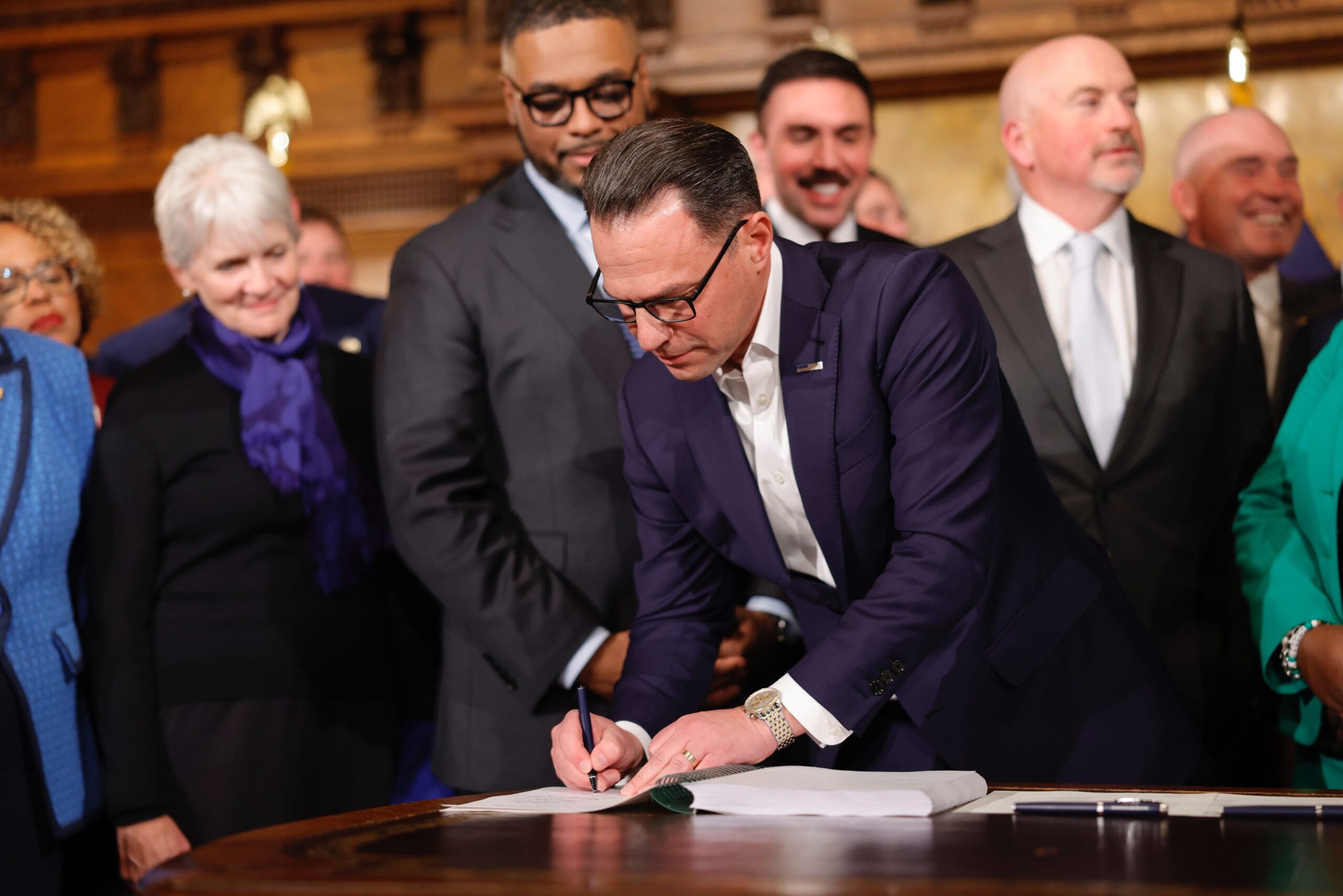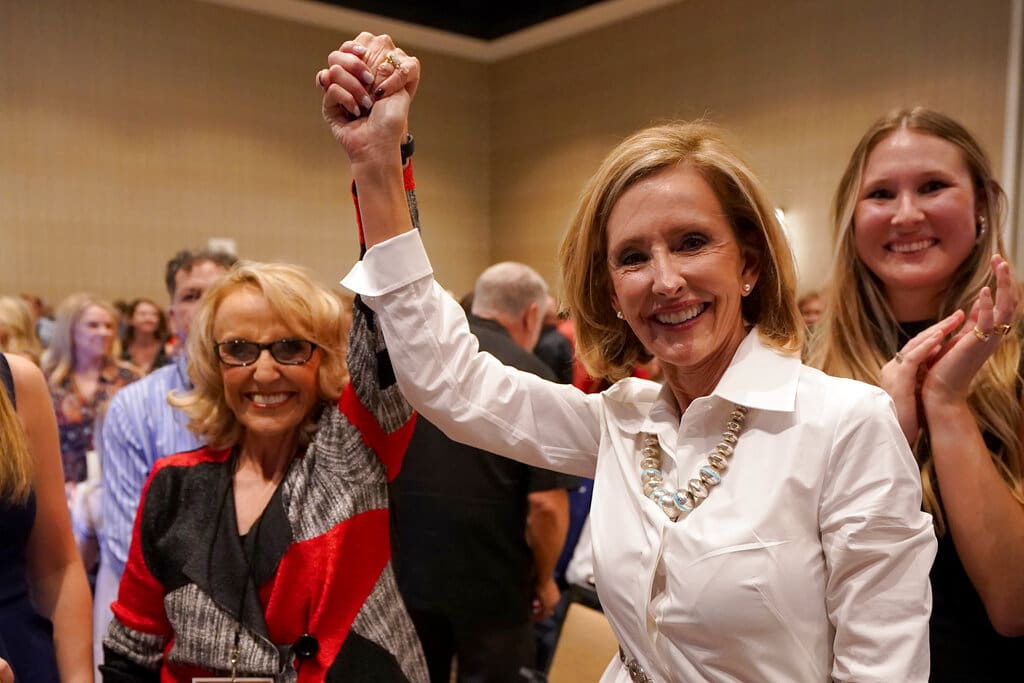In 2025, major tax legislation in Montana reshaped tax bills for homeowners, reducing costs for some while increasing them for others. Now, new rules detail a secondary aspect of the law — a second-home tax slated for next year, aimed at alleviating financial burden on properties housing state residents.
The proposed rules clarify requirements for homeowners and landlords to avoid elevated taxes and address unique situations like Airbnb-style rentals on the same parcel as a primary residence.
WHAT IS IN THE LAW?
Montana’s second-home tax, taking effect next year, will generally increase taxes on properties not used as resident housing to reduce taxes on others, including secondary homes and short-term rentals. The law works around constitutional non-discrimination limits by increasing the default residential property tax rate and offering a homestead exemption to qualifying homes, which requires an application to avoid an average 50% tax hike.
WHO IS ELIGIBLE FOR LOWER TAX RATES?
Many homeowners automatically qualify, but others, including landlords, must apply between Dec. 1 and March 1. The homestead exemption is available to owners living in their homes or landlords offering long-term leases for seven months or more annually. Changes in ownership or primary residence location must be reported within 30 days. Temporary absences due to specific circumstances won’t affect status.
MORE DETAILS ON WHAT PROPERTIES QUALIFY
The homestead exemption covers the main home structure, underlying land, and outbuildings if used exclusively as a principal residence. Properties with multiple housing units are prorated based on qualification. For instance, properties with both owner-occupied and rental units have specific taxation rules, and properties with adjoining homes owned by siblings qualify entirely for lower rates.
WHAT ABOUT MULTI-FAMILY UNITS?
Multi-family and mixed-use properties follow a prorated taxation approach. For example, a fourplex with varying types of occupancy will have taxes calculated based on usage percentage, with owner-occupied and long-term rented units taxed at lower rates compared to those used for short-term rentals or commercial purposes.
HOW MUCH WILL QUALIFYING PROPERTIES SAVE?
While precise savings depend on community-specific tax systems, preliminary departmental projections suggest an average 18% lower tax bill for qualifying owner-occupied homes in 2026 compared to 2024, whereas non-qualifying properties could see a 68% increase. Previous modeling illustrated the impact on hypothetical tax bases.
WAIT — HOW DID HIGHER TAXES FOR FANCY HOMES GET THROUGH A GOP-CONTROLLED LEGISLATURE?
Soaring home values threw Montana’s tax system into turmoil, prompting bipartisan legislative action. The legislation emerged from Gov. Greg Gianforte’s task force and was supported by a coalition of moderate Republicans and Democrats. The bill includes progressive elements negotiated by Democrats.
WHAT ARE THE POLITICIANS SAYING NOW?
Hardline Republicans criticize the bill’s complexity and unintended consequences like increased taxes on some apartments, which could affect tenants. Despite opposition, supporters argue the multi-bracket system offers fairer tax treatment across diverse markets. Revenue department data indicates tax cuts for most residential properties, with Gov. Gianforte claiming significant tax relief for 80% of homeowners.
WHAT IF I WANT TO WEIGH IN ON THE SECOND-HOME TAX RULES? Detailed rules are available here. A public meeting is scheduled for 11 a.m. on Dec. 1 in Helena’s Mitchell Building. Written comments can be emailed to Todd Olson at todd.olson@mt.gov until Dec. 8.
—
Read More Montana News

